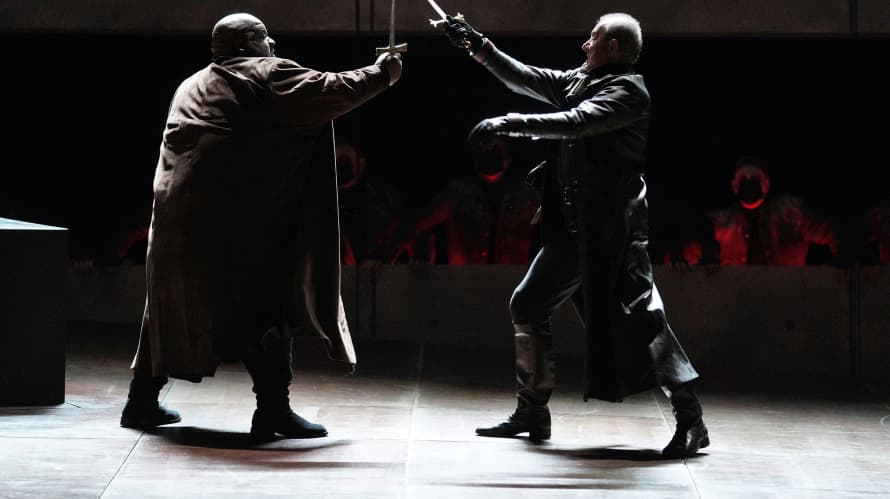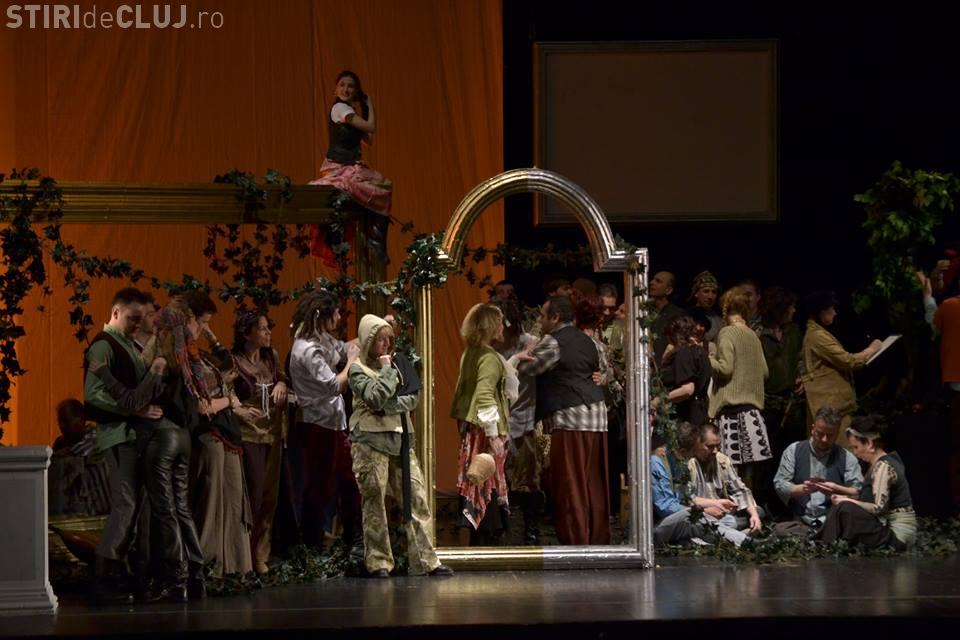
Furious, the count challenges him to fight to the death.ĭuring the duel, Manrico overpowered the count, but some instinct stopped him from killing his rival. The troubadour reveals his true identity: He is Manrico, leader of the partisan rebel forces. When she hears the troubadour’s song in the darkness, Leonora rushes out to greet her beloved but mistakenly embraces di Luna. After they have left, Count di Luna appears, looking for Leonora. In the palace gardens, Leonora confides in her companion Ines that she is in love with a mysterious man she met before the outbreak of the war, and that he is the troubadour who serenades her each night. The gypsy’s daughter disappeared without a trace, but di Luna has sworn to find her. The charred skeleton of a baby was discovered there, and di Luna’s father died of grief soon after.

The gypsy’s daughter then took revenge by kidnapping the boy and throwing him into the flames where her mother had died. To keep his troops awake, the captain, Ferrando, recounts the terrible story of a gypsy woman who was burned at the stake years ago for bewitching the count’s infant brother.

They have heard an unknown troubadour serenading Leonora, and the jealous count is determined to capture and punish him. Outside the royal residence, his soldiers keep watch at night. The commander of the Royalist Aragon troops, Count di Luna, is obsessed with Leonora, a young noblewoman in the queen’s service, who does not return his love. Spain, early 19th century, during the Peninsular War.


 0 kommentar(er)
0 kommentar(er)
